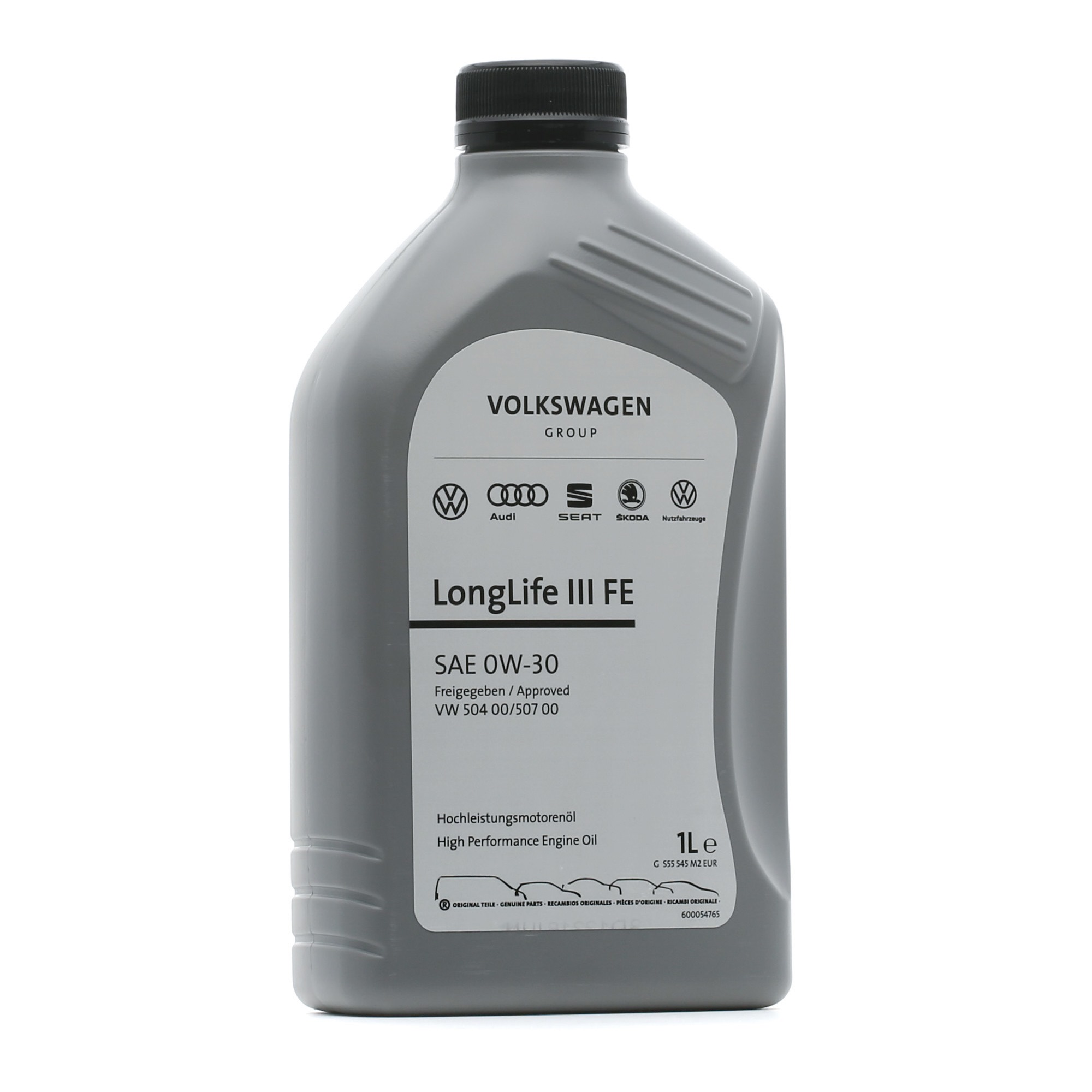How to check the oil in a car: while the engine is hot or cold?
Most car manufacturers recommend checking the engine oil level once the car has cooled down as this is not only safer, but it also allows the oil to settle and provides a more precise reading of how much oil is left in the reservoir. Learn how to do this in the handy guide below.
How to check the engine oil level in a car

To check your car’s engine oil level:
- Park on a level surface – ensure the car is on a flat surface and the engine is turned off. Let the engine cool for about 20 minutes if the car has recently been driven.
- Locate the dipstick – pull up the bonnet and locate the oil dipstick, typically marked with a brightly coloured/yellow handle near to the engine.
- Remove and clean the dipstick – pull the dipstick out and wipe it clean with a clean cloth or paper towel.
- Reinsert the dipstick – fully insert the dipstick back into its tube, then pull it out again to check the oil level.
- Check the level – the oil should be between the "min" and "max" marks. If below the minimum, add fresh engine oil gradually.
- Inspect oil condition – the oil should be smooth and amber coloured. If it is dark brown or sludgy, it may need changing.
Should you check oil when the engine is hot or cold?
For a more precise measurement, you should make sure to check the oil when the engine is cool as this will allow the oil to settle into the pan properly. Make sure to check it at regular intervals, particularly before taking a long road trip.
When should you check the engine oil level?
You should check the engine oil level about once a month to ensure proper lubrication and avoid engine damage. Additionally, it's important to check the oil before long trips or after driving in extreme conditions, such as in hot weather or when towing heavy loads. Always check the oil when the engine is cool and the car is on a level surface for the most accurate reading.
Where the oil should be on the dipstick: oil dipstick markings
When examining the oil dipstick (if your vehicle has one), you should be able to see two markings: one “max.” line and one “min” line. The oil should be above the minimum line but not too close to or above the maximum line. This requires you to take your time when adding new oil. If you add too much, you’ll need to drain out the excess.
Where to put oil in a car
To add oil to your car, locate the oil filler cap, usually labelled "Oil" or with an oil can symbol, on top of the engine. Unscrew the cap and carefully pour the oil into the filler neck using a funnel to avoid spills. Check your owner's manual for the exact oil type needed. Once you’ve topped up, tightly screw the filler cap back on and recheck the oil level using the car oil dipstick.
How long should you wait to put in engine oil?
It is advised to wait at least 20 minutes after switching off the engine before you try to check the oil levels as this will give the lubricant time to cool down sufficiently.
What are the risks of driving with an engine that lacks or has too much oil?
Driving with too little engine oil will cause the motor to overheat due to increased friction, potentially causing serious thermal damage and wear. This may result in deformed or warped metal parts, leading to total engine failure. Conversely, too much oil can cause excessive pressure, leading to oil leaks, foaming, and damage to seals and gaskets. Both scenarios can lead to shorter engine life and the need to buy new parts for your engine.
Top products related to this topic:





















